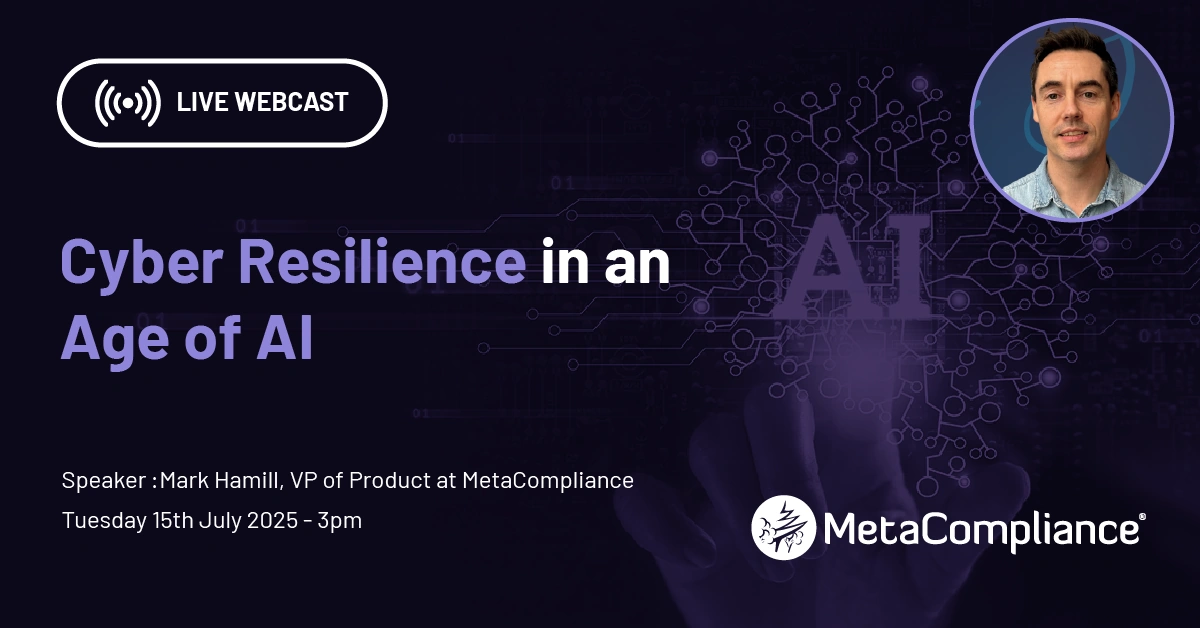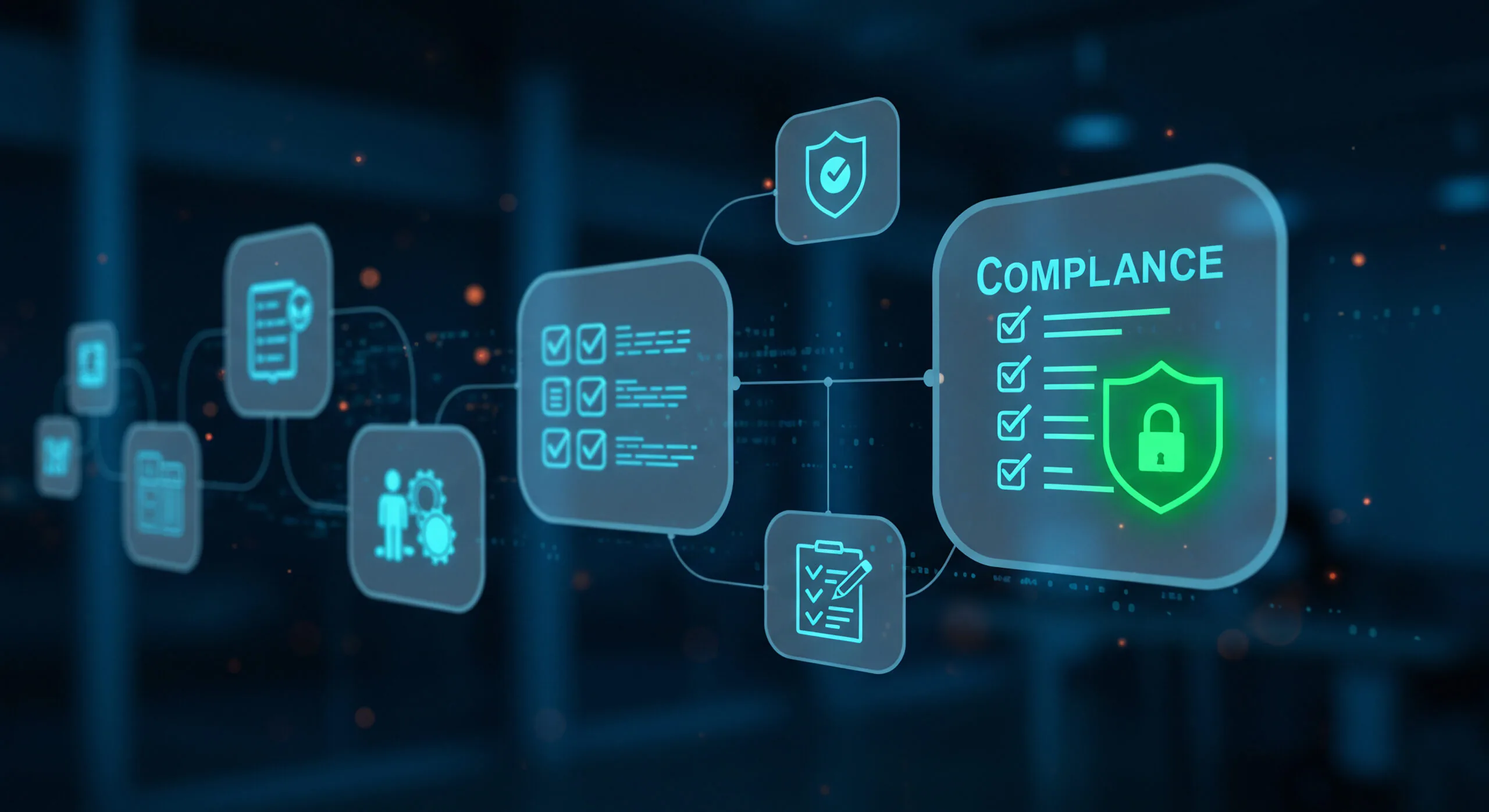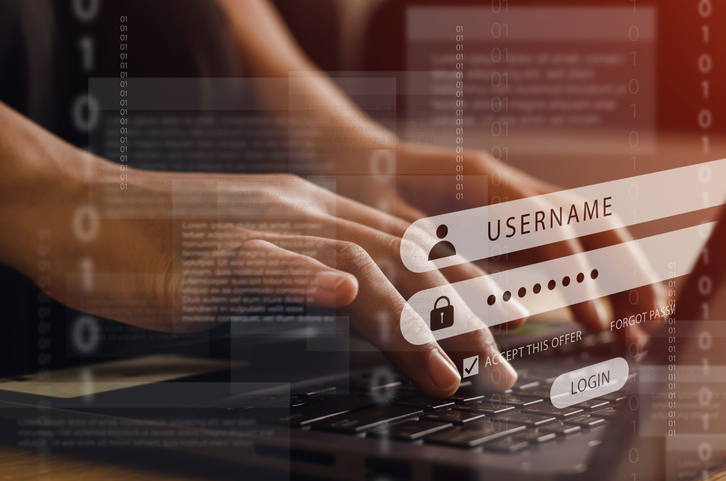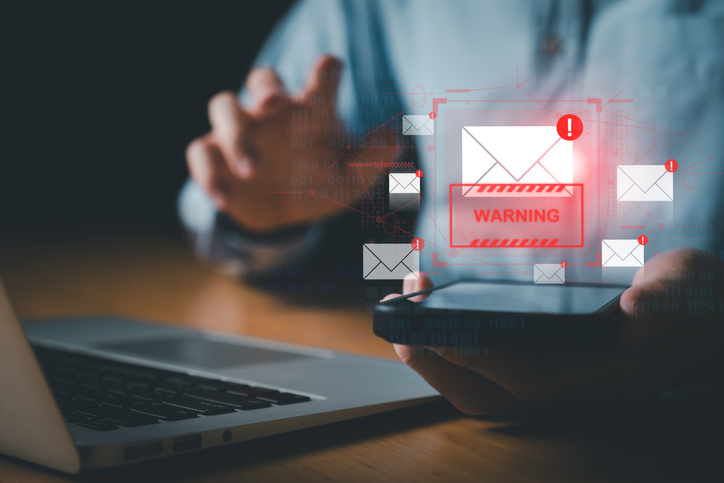Insights & Resources
Discover expert insights, real-world results, and ready-to-use resources that make it easier to protect people, safeguard data and stay compliant.
Cyber Resilience in the Age of AI: Mark Hamill on Stress, Spoofing and Staying Smart 
Cyber Security Learning
Cyber Resilience in the Age of AI: Mark Hamill on Stress, Spoofing and Staying Smart
Read more
Portugal Moves Closer to NIS2 Implementation: What You Need to Know 
Governance, Risk, Compliance GRC
Portugal Moves Closer to NIS2 Implementation: What You Need to Know
Read more
Infosec Europe 2025: Key Takeaways for Security and Awareness Leaders 
Cyber Security Awareness
Infosec Europe 2025: Key Takeaways for Security and Awareness Leaders
Read more
World Password Day: Spoiler Alert – Convenience is Killing Your Cybersecurity 
Cyber Security AwarenessOur Blog
World Password Day: Spoiler Alert – Convenience is Killing Your Cybersecurity
Read more
Click Rate That Could Cost You Millions: The Hidden Threat of Phishing Email 
Phishing and Ransomware
Click Rate That Could Cost You Millions: The Hidden Threat of Phishing Email
Read more
Phishing Campaigns Are Winning Because They Sell Fear. What Are You Selling? 
Phishing and Ransomware
Phishing Campaigns Are Winning Because They Sell Fear. What Are You Selling?
Read more
From Mailbox to Chatbox: Cybercriminals Are Using Microsoft Teams to Exploit Your Employees 
Phishing and Ransomware
From Mailbox to Chatbox: Cybercriminals Are Using Microsoft Teams to Exploit Your Employees
Read more
Employee Cyber Security Audit: Assess and Improve Your Organisation’s Security Awareness 
Cyber Security Awareness
Employee Cyber Security Audit: Assess and Improve Your Organisation’s Security Awareness
Read more
Your Next Step in Cyber Security Awareness
Resources are just the beginning. Partner with MetaCompliance to deliver personalised training that drives compliance, changes behaviour, and reduces risk.




